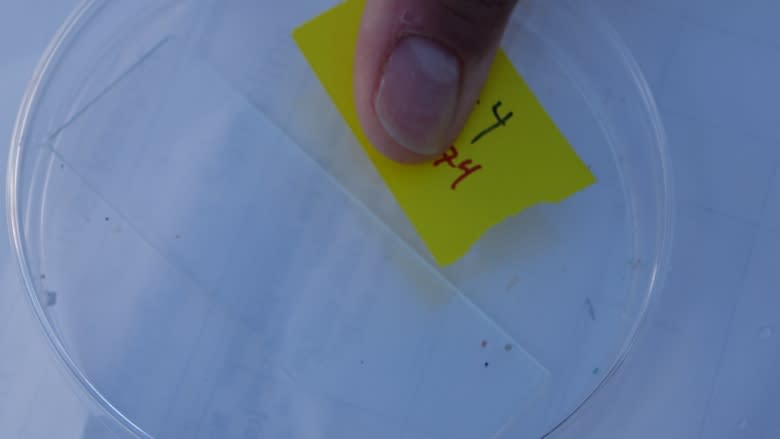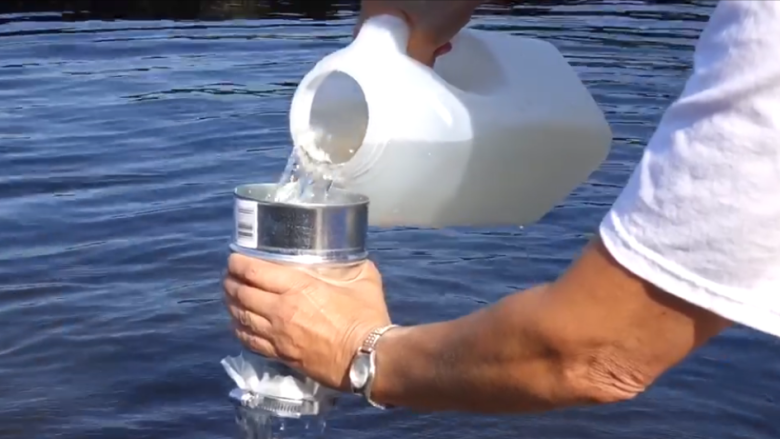Scientists find 'troubling' levels of microplastics polluting Ottawa River
Tiny bits of plastic that can imperil the health of both wildlife and humans have been found in more than two dozen spots along a 500-kilometre stretch of the Ottawa River, researchers say.
Scientists from Carleton University and the Ottawa Riverkeeper, an organization mandated to protect and promote the health of the waterway, said Wednesday they've scoured 26 sites from Lake Timiskaming to Hudson, Que., for "microplastics" — tiny, man-made particles less than five millimetres in diameter — and found them every time.
"Every single sample that we looked at had microplastics in it, so it's a real issue for our watershed," said Meaghan Murphy, a scientist with the Riverkeeper. In a news release, Murphy called the discovery "troubling."
Carleton assistant professor Jesse Vermaire said microplastics soak up other contaminants in the water, "kind of like a sponge," and can then be consumed by wildlife such as fish and crustaceans.
"It can make the animals sick, and people also eat fish coming out of the Ottawa River and other systems, so it could potentially cause problems for humans as well," he said.
The organizations leading the study say it's the first of its kind on the Ottawa River.
Where do microplastics come from?
Microplastic can be microbeads from beauty products, which are in the process of being banned by the federal government, but they can also come from synthetic fabrics such as polar fleece or from larger pieces of plastic that have broken down, Murphy said.
"We're still looking at all of these potential sources," she said. "One of the things in the Ottawa [River] that we find is a lot of blue fibres, so we're trying to figure out where that comes from."
Since June, researchers have been testing water in two ways: by scooping up samples and pouring the water through a filter, or by dragging a "manta trawl" — a mesh net on a frame that resembling a manta ray — behind a boat.
Vermaire said besides studies in the Great Lakes and St. Lawrence River, most of the focus among scientists and ecologists has been on microplastics in the ocean.
He said the research will continue for a few weeks, and is expected to culminate in a report in September.
"The first phase for us was really getting an idea of how many microplastics are in the Ottawa River, then from here we want to get a sense of where they're collecting in the river and what some of the sources are," he said.





